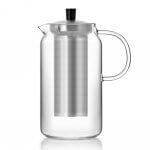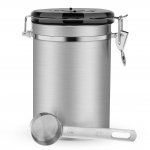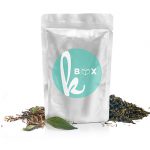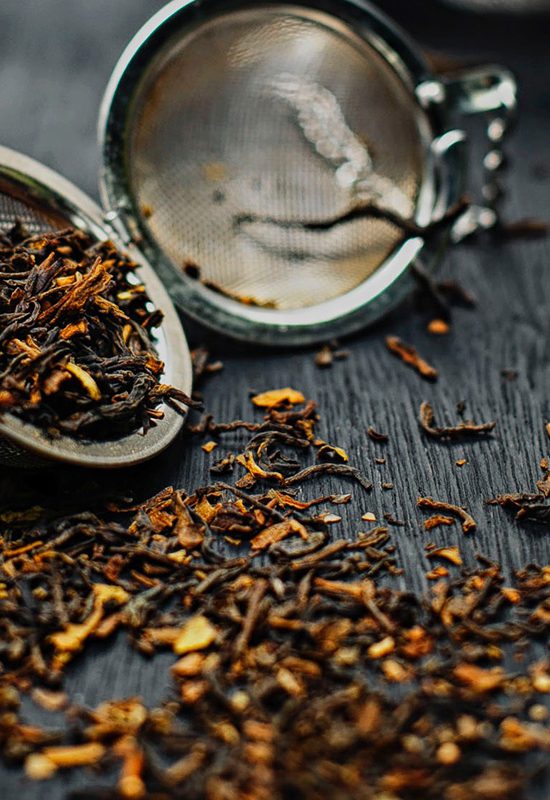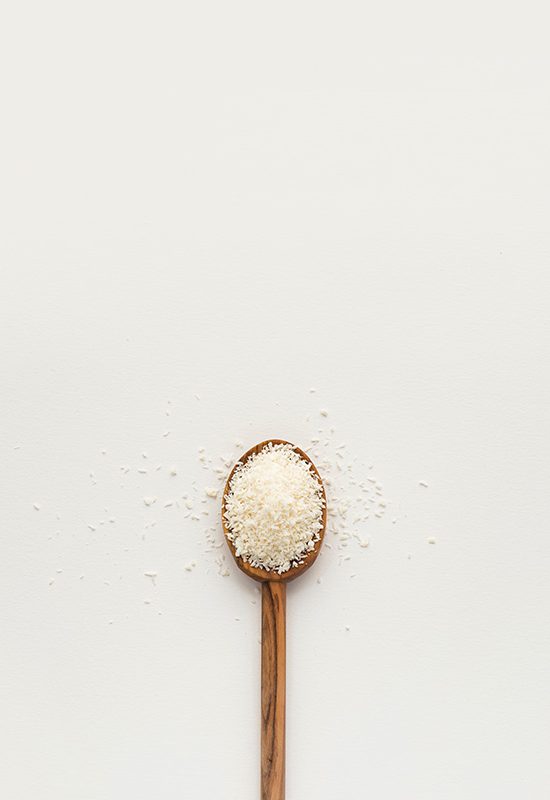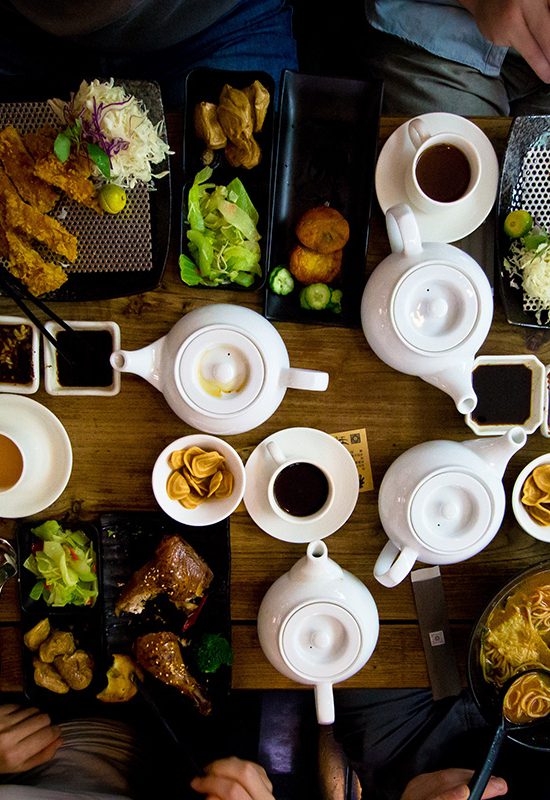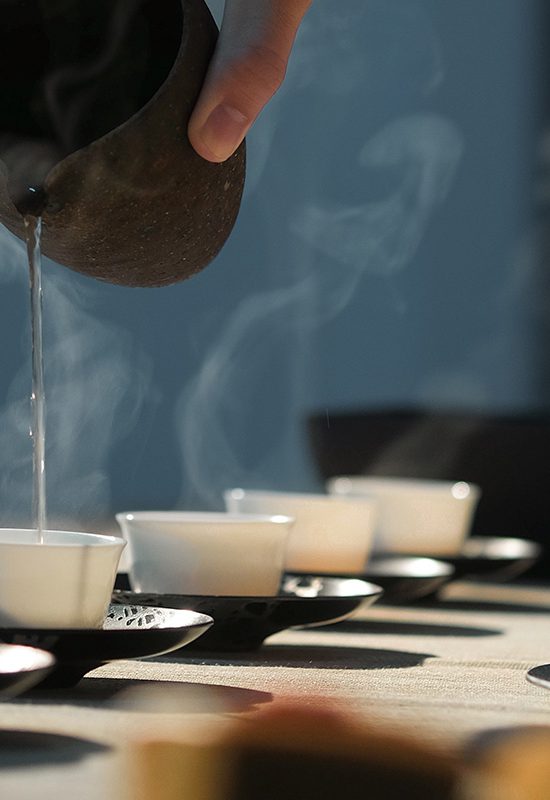
Proper Tea Storage: Keep It Fresh!
A lot of you tea enthusiasts are probably already investing in different kinds of tea. Whether you constantly keep fresh and quality tea leaves or hoard a variety of packed herbal teas, it’s imperative that you learn the proper tea storage. It is not rocket science, but there are times it is overlooked.
Storing your tea properly is tantamount to keeping your stash fresh every time. Tea is delicious, and you can only fully appreciate that if you consume it fresh. Nobody wants a stale tea because it alters the natural flavors and it is not enjoyable to drink at all.
To keep things simple, remember that the main culprits are air, humidity, temperature, sunlight/heat, and odors. Here are the most important things you should consider. Keep your tea away from the following.
1. Oxygen
With exposure to oxygen, tea leaves become oxidized more and more. This affects the flavor profile and freshness of the tea, especially for green tea and white tea where oxidation is deliberately stopped during production. The most common piece of advice is to store your tea in air-tight containers. However, this doesn’t mean that the containers are air-free.
Even though you store your tea in air-tight containers, some air is still circulating between the leaves, and between the leaves and the top of the container. Manufacturers have different ways of addressing that concern. Some of them have nitrogen-flushing techniques when they seal the tea with a vacuum. This prevents tea from getting exposed to oxygen during storage.

Now for you in your household who don’t have access to advanced methods, the best thing to do is to invest in quality air-tight containers or re-sealable zipper pouches that keep oxygen or air away from your tea as much as possible. It also helps to be mindful of when you open the container.
Sometimes, there’s the habit of opening and closing the container even though you’re actually not going to drink tea. As a best practice, only open the container when you are already going to brew your tea, or when it’s really necessary.
2. Direct sunlight
Exposing tea to light is a sure-fire way to degrade its flavor and appearance. You don’t want your tea to taste metallic. So aside from storing tea leaves in air-tight containers, make sure the containers are not transparent. If you don’t have any non-transparent containers or jars, then at least ensure that they are kept away from light.
3. Heat
Near the gas burner or oven is not the right place to store your tea. Yup, you got that right! Any proximity to heat will significantly affect the appearance and flavor of the tea. In short, store your tea in a cool, dark place.
Some green and white teas are best stored in the freezer or refrigerator because of their delicate nature. Keeping them in really cool storage areas will slow down oxidation reactions, but this should be done with utmost care. If this is what you want to do, it’s best to pack the tea in small carefully-sealed packets that you will only be using throughout the week. This keeps your overall supply fresh.

Remember to clear out or squeeze out as much air as you can from the special tea packets to prevent moisture from developing on the leaf surface. The most important step is for you to open the packet only at room temperature. When you first remove the packet from the freezer or refrigerator, obviously it will still be cold and moist. Let it sit for a few hours before use until it reaches room temperature.
If you feel that the packets cannot be sealed enough, then you don’t have to store your tea leaves in the refrigerator. Just get yourself an opaque, airtight container.
4. Moisture
About storing your tea in a cool, dry place, it is also advisable to keep your tea away from humidity or moisture. Moisture is the worst culprit in tea storage. Since tea leaves are dry, they can absorb moisture quickly and easily. This results in unpleasant odor and taste, as well as molding and caking.
Some sources of moisture are boiling water, above a dishwasher vent, near the sink, or inside the refrigerator – which is why as explained in the previous item (heat), use carefully-sealed packets and only open them at room temperature if ever you decide to keep delicate teas in the freezer or refrigerator.

5. Strong Odor
Tea absorbs moisture as much as it absorbs strong odor. This means that you should carefully choose where you put your tea. It should be away from spices, cheese, soap, or anything that has a strong odor. It’s not just the smell or scent that will put you off but also the flavor. Your tea will develop an unpleasant taste when in contact with a strong odor that often, it tastes like the item with that odor. You don’t want a tea that tastes like soap, so keep your container in a safe spot.
With this being said, it’s also essential that you choose a container that’s already free from impurities. Remember to wash and dry it very well before storing your tea leaves inside. The recommended types of containers are those that are made of non-reactive metals, glazed ceramics, and plastic containers that do not absorb smells or flavors.
Need to know!
• Green and white teas (less oxidized) deteriorate more quickly than black and oolong teas (more oxidized).


